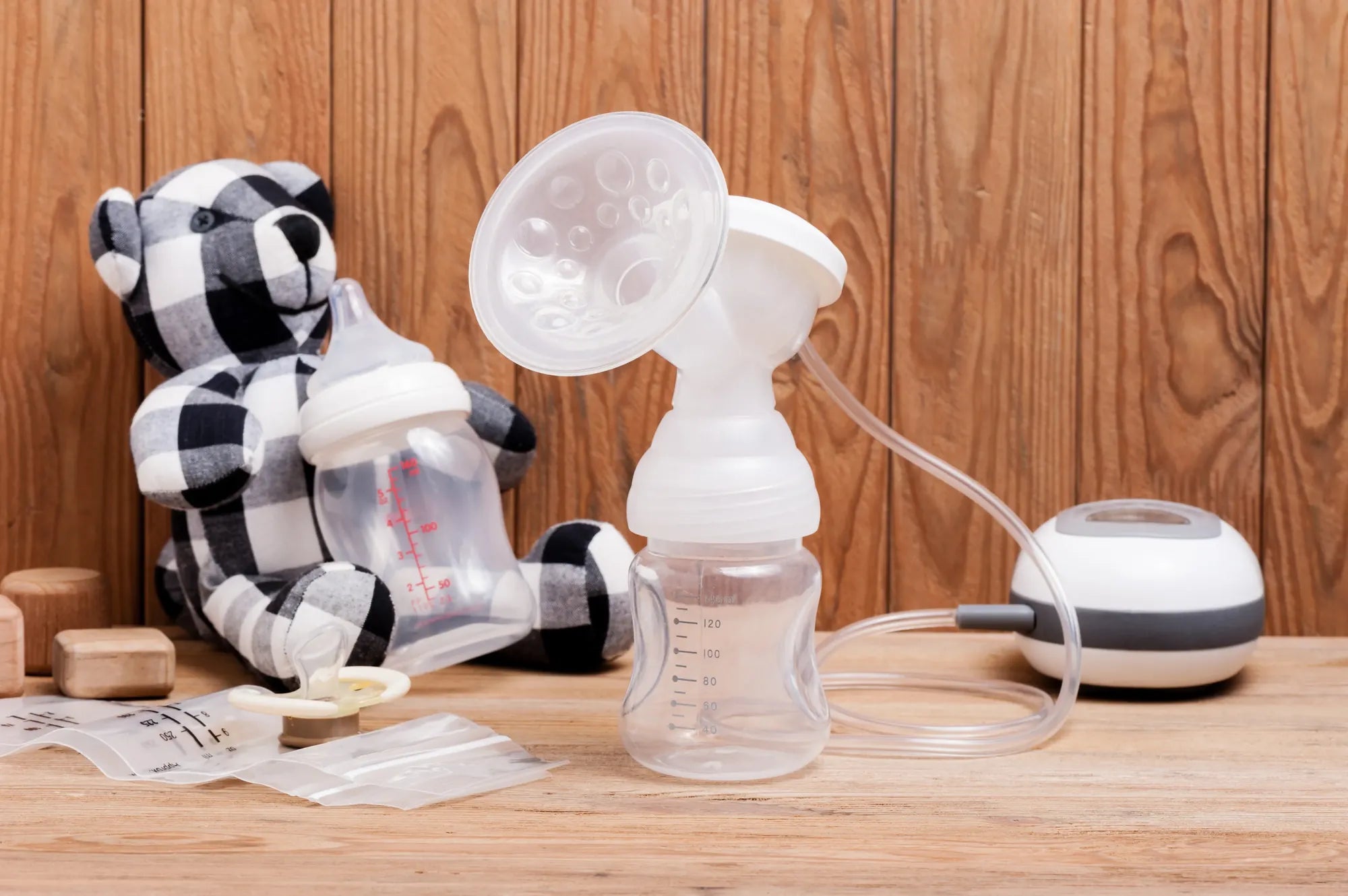Startseite
Pregnancy, Breastfeeding, and Pumping: The Ultimate Guide for Moms
How to Breast Pump for the First Time: A Comprehensive Guide

How to Breast Pump for the First Time: A Comprehensive Guide
Breast pumping for the first time is a milestone that many new mothers approach with a mix of excitement and apprehension. Whether you're returning to work, building a milk stash, or simply seeking flexibility, mastering the art of pumping is essential. This guide will walk you through everything you need to know to make your first pumping session a success.
Understanding the Basics of Breast Pumping
Before diving into your first pumping session, it's important to understand the basics. Breast pumping involves using a device to extract milk from your breasts, which can then be stored and fed to your baby later. This process mimics the natural sucking action of a baby, stimulating milk production and ensuring a steady supply.
Choosing the Right Equipment
While we won't mention specific brands, it's crucial to select a breast pump that suits your needs. Consider factors like portability, ease of use, and whether you need a manual or electric pump. Researching and reading reviews can help you make an informed decision.
Preparing for Your First Pumping Session
Preparation is key to a smooth first experience. Start by washing your hands thoroughly and ensuring all pump parts are clean and sterilized. Find a comfortable, quiet space where you can relax, as stress can hinder milk flow. Have a glass of water nearby to stay hydrated, and consider using a warm compress on your breasts to encourage milk letdown.
Setting Up Your Breast Pump
Follow the manufacturer's instructions to assemble your breast pump correctly. Ensure that all parts are securely connected and that the suction settings are adjusted to a comfortable level. If you're unsure about the settings, start on the lowest level and gradually increase until you find what works best for you.
Initiating the Pumping Process
Begin by placing the breast shield over your nipple, ensuring it fits snugly without causing discomfort. Turn on the pump and allow it to start the suction cycle. It may take a few minutes for your milk to start flowing, so be patient. Use this time to relax, perhaps by thinking about your baby or listening to calming music.
Monitoring Milk Flow
As you pump, you'll notice that milk begins to flow into the collection container. This is a good sign that your body is responding to the pump. If you don't see milk immediately, don't panic. It can take a few sessions for your body to adjust to the pumping process.
Maintaining Comfort and Efficiency
To ensure a comfortable and efficient pumping session, adjust the suction settings as needed. If you experience pain or discomfort, reduce the suction level. Additionally, make sure the breast shield is the correct size for your nipple. A proper fit can make a significant difference in your pumping experience.
Storing Your Breast Milk
Once you've finished pumping, it's important to store your milk properly to maintain its quality. Use clean, sterilized containers or breast milk storage bags. Label each container with the date and time of pumping, and store it in the refrigerator or freezer according to recommended guidelines.
Cleaning and Maintaining Your Pump
After each use, disassemble your breast pump and clean all parts thoroughly. Follow the manufacturer's instructions for cleaning and sterilizing to prevent contamination. Regular maintenance will ensure your pump remains in good working condition and prolong its lifespan.
Establishing a Pumping Routine
Consistency is key when it comes to breast pumping. Establishing a regular pumping schedule can help maintain your milk supply and make the process more predictable. Aim to pump at the same times each day, and try to mimic your baby's feeding schedule as closely as possible.
Overcoming Common Challenges
It's normal to encounter challenges when breast pumping for the first time. Issues like low milk supply, discomfort, or difficulty with letdown can arise. Remember that these challenges are common and often temporary. Seeking support from lactation consultants or other experienced mothers can provide valuable guidance and reassurance.
Staying Motivated and Positive
Breast pumping can be a demanding task, but staying motivated and positive is essential. Remind yourself of the benefits it provides for both you and your baby. Celebrate small victories, like increasing your milk supply or mastering a new pumping technique. Surround yourself with supportive people who encourage your efforts.
Exploring Additional Resources
There are numerous resources available to help you navigate the world of breast pumping. Online forums, support groups, and educational materials can offer tips, advice, and encouragement. Don't hesitate to reach out for help or share your experiences with others who are on a similar journey.
Listening to Your Body
Your body is your best guide when it comes to breast pumping. Pay attention to how you feel during and after each session. If you experience pain, fatigue, or other discomforts, take a break and reassess your approach. Your well-being is just as important as your baby's nutrition.
Celebrating Your Progress
Every pumping session is a step forward in your breastfeeding journey. Take time to acknowledge your progress and the effort you're putting into providing for your baby. Whether it's your first time or your hundredth, each session is a testament to your dedication and love.
Breast pumping for the first time may seem daunting, but with the right preparation and mindset, it can become a rewarding part of your routine. By following these steps and staying patient with yourself, you'll soon master the art of pumping and enjoy the flexibility it brings to your life. Remember, you're not alone on this journey, and every drop of milk is a precious gift for your baby.
Teilen


